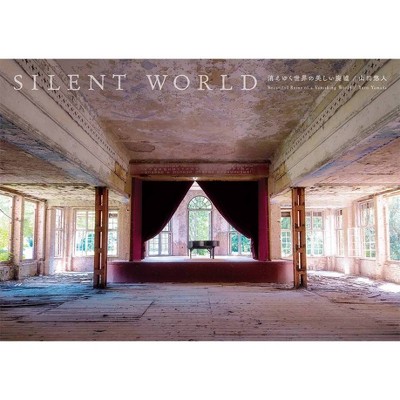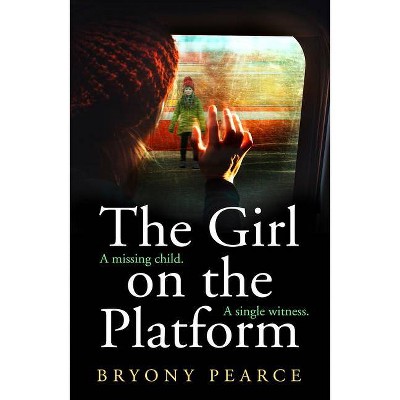100 Silent Films - (Screen Guides) by Bryony Dixon (Paperback)
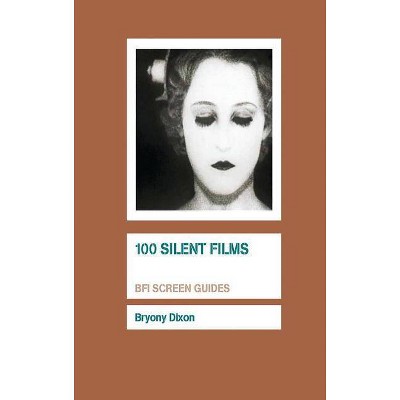
Similar Products
Products of same category from the store
AllProduct info
<p/><br></br><p><b> About the Book </b></p></br></br>This illuminating guide provides a selection of one hundred key films of the silent period (1895-1930), featuring films from a variety of countries, genres and directors, together with an introductory overview and usefull filmographic and bibliographic information.<p/><br></br><p><b> Book Synopsis </b></p></br></br>100 Silent Films provides an authoritative and accessible history of silent cinema through one hundred of its most interesting and significant films. As Bryony Dixon contends, silent cinema is not a genre; it is the first 35 years of film history, a complex negotiation between art and commerce and a union of creativity and technology. At its most grand - on the big screen with a full orchestral accompaniment - it is magnificent, permitting a depth of emotional engagement rarely found in other fields of cinema. Silent film was hugely popular in its day, and its success enabled the development of large-scale film production in the United States and Europe. It was the start of our fascination with the moving image as a disseminator of information and as mass entertainment with its consequent celebrity culture. <br/><br/>The digital revolution in the last few years and the restoration and reissue of archival treasures have contributed to a huge resurgence of interest in silent cinema. Bryony Dixon's illuminating guide introduces a wide range of films of the silent period (1895-1930), including classics such as The Birth of a Nation (1915), The General (1926), Metropolis (1927), Sunrise (1927) and Pandora's Box (1928), alongside more unexpected choices, and represents major genres and directors of the period - Griffith, Keaton, Chaplin, Murnau, Sjöström, Dovzhenko and Eisenstein - together with an introductory overview and useful filmographic and bibliographic information.<p/><br></br><p><b> From the Back Cover </b></p></br></br><em>?100 Silent Films</em> provides an authoritative and accessible history of silent cinema through one hundred of its most interesting and significant films. As Bryony Dixon contends, silent cinema is not a genre; it is the first 35 years of film history, a complex negotiation between art and commerce and a union of creativity and technology. At its most grand - on the big screen with a full orchestral accompaniment - it is magnificent, permitting a depth of emotional engagement rarely found in other fields of cinema. Silent film was hugely popular in its day, and its success enabled the development of large-scale film production in the United States and Europe. It was the start of our fascination with the moving image as a disseminator of information and as mass entertainment with its consequent celebrity culture. <br/><br/>The digital revolution in the last few years and the restoration and reissue of archival treasures have contributed to a huge resurgence of interest in silent cinema. Bryony Dixon's illuminating guide introduces a wide range of films of the silent period (1895-1930), including classics such as <em>The Birth of a Nation</em> (1915), <em>The General</em> (1926), <em>Metropolis</em> (1927), <em>Sunrise</em> (1927) and <em>Pandora's Box</em> (1928), alongside more unexpected choices, and represents major genres and directors of the period - Griffith, Keaton, Chaplin, Murnau, Sjöström, Dovzhenko and Eisenstein - together with an introductory overview and useful filmographic and bibliographic information.<p/><br></br><p><b> Review Quotes </b></p></br></br><br>David Thomson is arguably the doyen of "film list" authors and Dixon shares both his rare ability to justify a choice with a single cinematic trump card and his lucid prose style - her description of Dziga Vertov's radical montage as "visual Esperanto" is inspired. She captures some of silent cinema's most sublime moments - Charlie Chaplin mournfully eating his shoelaces in The Gold Rush (1925) or the woodland chase in People on Sunday (1930) - with an infectious joy.<br/>Lucian Robinson<br><br>This is no bluffer's guide. The enjoyment of silent cinema is Dixon's priority. As Dixon says when discussing Hell's Hinges (1916): "Nearly everything in current cinema can be traced back to the silent era." And that's why this guide is so valuable - anyone interested in how cinema became what it is today will find many of the answers here, both in Bryony Dixon's illuminating book and the films you will rush to watch the minute you put it down.<br><p/><br></br><p><b> About the Author </b></p></br></br>BRYONY DIXON is a curator at the BFI National Archive responsible for the collections of silent film. She has researched and written on many aspects of early and silent film and co-directs the annual British Silent Film Festival as well as programming for a variety of film festivals and events worldwide.
Price History
Price Archive shows prices from various stores, lets you see history and find the cheapest. There is no actual sale on the website. For all support, inquiry and suggestion messages communication@pricearchive.us
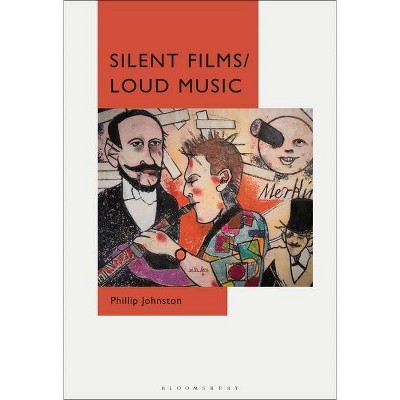
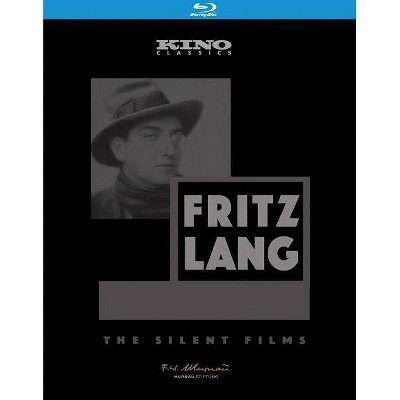
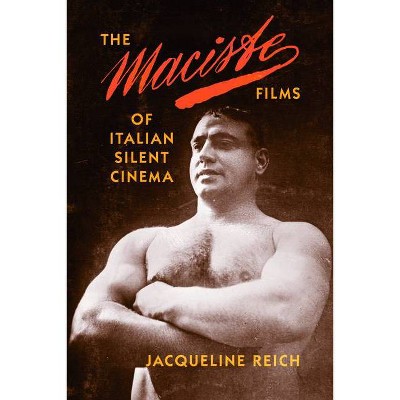
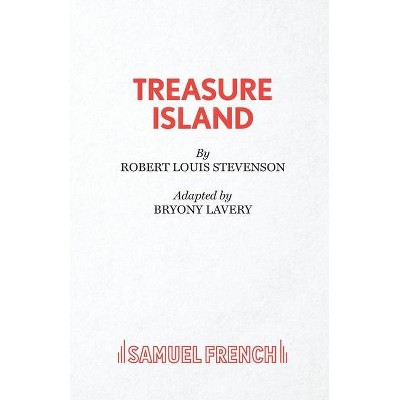
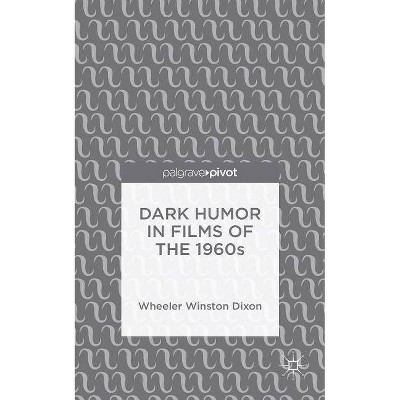
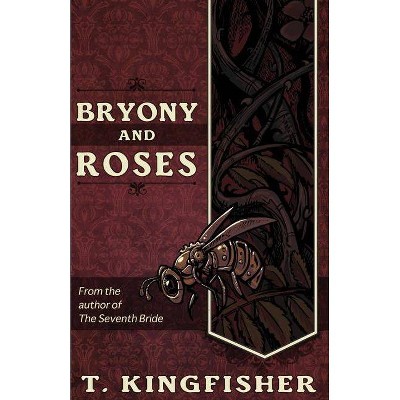
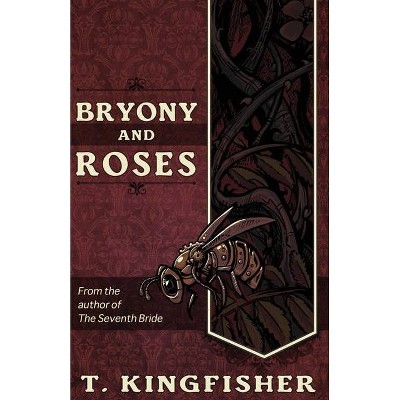
![Behind the Scenes of the Silent Screen [DVD]](https://pisces.bbystatic.com/image2/BestBuy_US/images/products/2421/24212232_so.jpg)
